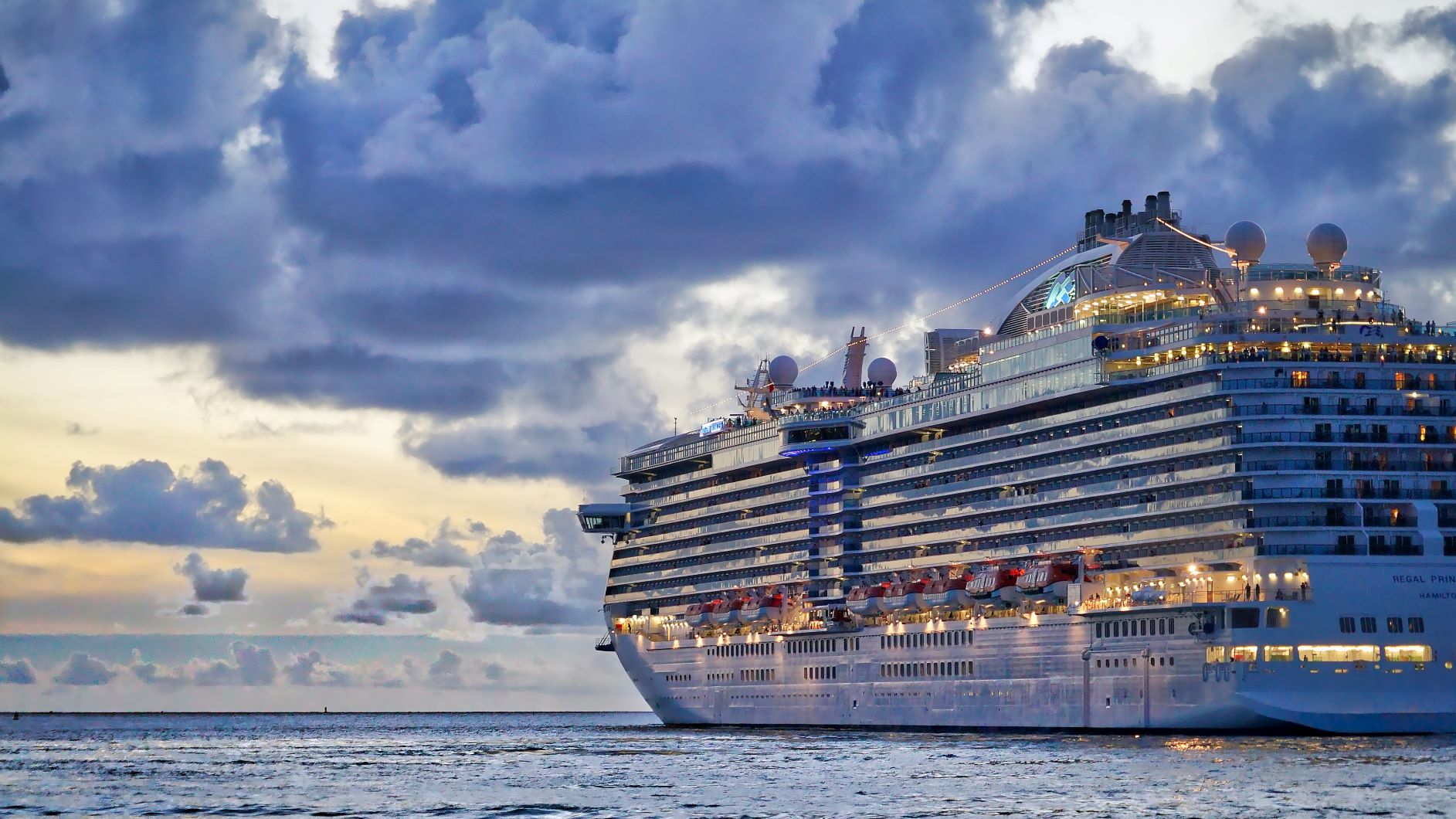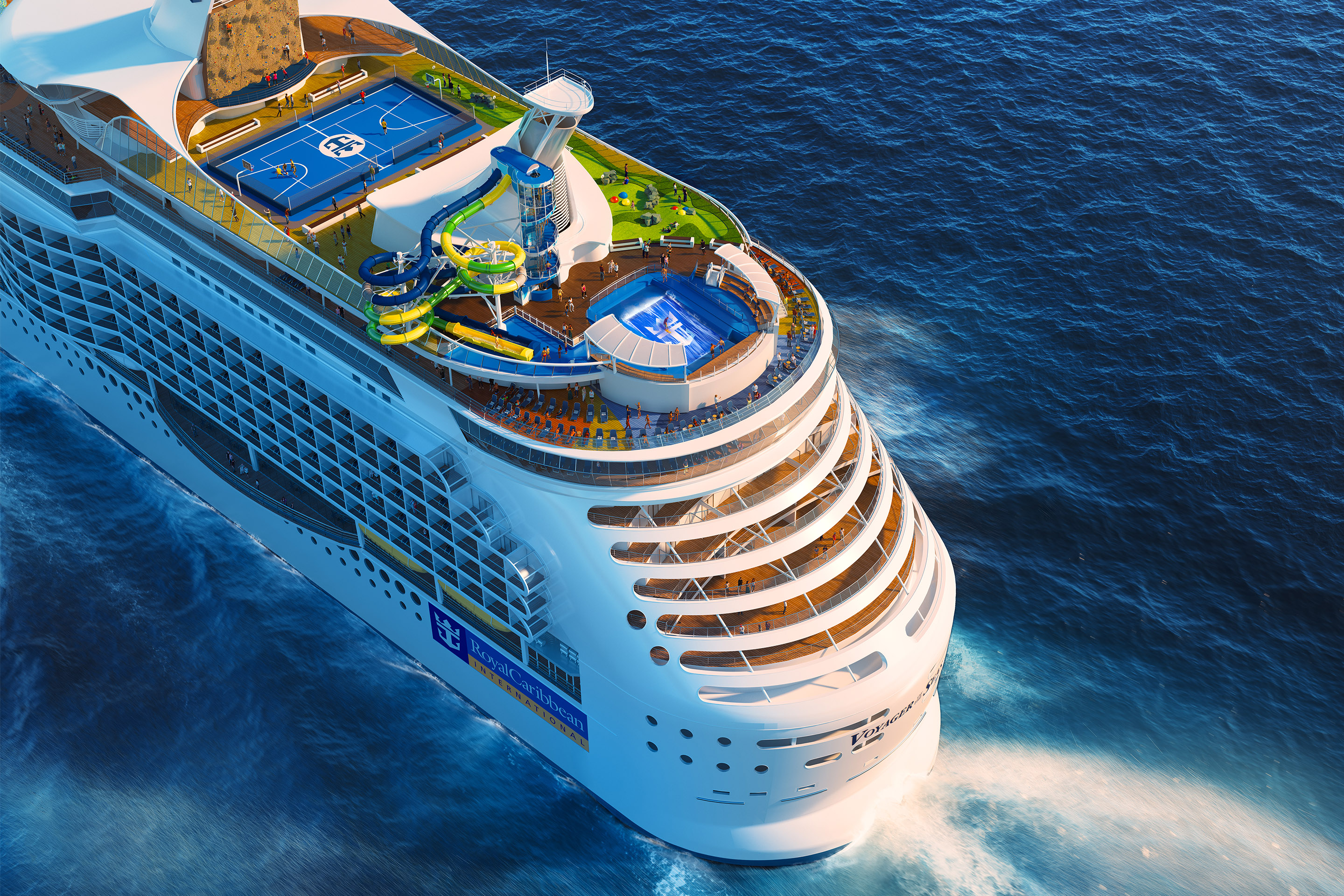Table Of Content
- The Impact of the Ship’s Bottom on Fuel Efficiency and Environmental Sustainability
- How Much Does the Miami Dolphins Fan Cruise on MSC Seaside Cost?
- What Country Did Pineda Sail For? Uncovering the Mysteries of Pineda's Maritime Journey
- The Maintenance and Cleaning Processes for the Ship’s Bottom
- Do Cruise Ships Have Flat Bottoms?
- Are there any specific regulations or guidelines for the design and construction of a cruise ship’s hull?

Special coatings are applied to protect against corrosion caused by saltwater and marine organisms. These coatings act as a barrier, preventing any unwanted substances from penetrating the hull’s surface. They also enhance hydrodynamic performance, reducing drag and increasing fuel efficiency. The hulls of modern cruise ships consist of welded heavy steel panels to protect them from corrosion and damage. The main purpose of the keel is to provide stability to the ship by acting as a counterbalance to the weight of the ship’s superstructure and cargo. The keel helps to keep the ship upright by preventing it from capsizing or rolling over.
The Impact of the Ship’s Bottom on Fuel Efficiency and Environmental Sustainability
What Is on the Lowest Deck on a Ship? - Cruise Hive
What Is on the Lowest Deck on a Ship?.
Posted: Wed, 10 Aug 2022 07:00:00 GMT [source]
Instead, it is primarily reserved for essential ship operations, crew quarters, and various technical areas. The lower decks are the foundation of the ship, housing various mechanical systems that ensure the smooth operation of the vessel. These lower areas include the engine room, storage areas, laundry facilities, and other technical spaces necessary for the ship’s functionality. The hull is designed to help the ship glide through the water with minimum resistance. It’s not a flat surface, but rather it has a curve that enables a vessel to move efficiently through the water.
How Much Does the Miami Dolphins Fan Cruise on MSC Seaside Cost?
One important thing to note about what is at the bottom of a cruise ship is that there is usually very little space available for passengers or crew members to access it directly. This means that any maintenance or repairs that need to be done must be done from outside the ship, which can make them more difficult to complete than if they were done on board. It protects the lower portions of the ship and provides the primary defense against external elements, like water pressure and floating objects. In most cases, this plating is made from hardened steel and coated with specialized paint that can withstand the corrosive effects of ongoing saltwater exposure. Even though it may seem less glamorous than other aspects of your vacation, it is worth considering the ship itself.
What Country Did Pineda Sail For? Uncovering the Mysteries of Pineda's Maritime Journey
At first glance, one might assume that the large, broad base of a cruise ship would be flat to maximize stability. One of the marvels of maritime engineering is the ability to float structures weighing several tons effortlessly on water. Cruise ships, often referred to as “floating cities” due to their vastness, are a prime example.
Are Cruise Ship Bottoms Flat?
The detail is so clear that individual shells and pebbles can be seen in the sand as the camera pans along the chain for about one minute. Throughout the video, various fish of different species and sizes are seen up close and with beautiful clarity in the relatively clear water. If you're unsure, always check deck plans, discuss cabin location with your travel professional, or inquire about rooms on the Cruise Critic forums before booking a cabin.
New to cruising? Here are all the terms you need to know - The Points Guy
New to cruising? Here are all the terms you need to know.
Posted: Tue, 20 Oct 2020 07:00:00 GMT [source]
The attention to detail is impeccable, from the elegant displays to the carefully curated selection of Swiss luxury watchmaking and fine jewelry. Every purchase is accompanied by a sense of luxury and sophistication that is unmatched. Explora Journeys has truly created a shopping experience that caters to my discerning taste and exceeds my expectations. I’m thrilled to announce that Explora Journeys offers the best in Swiss luxury watchmaking with our luxury retail partners such as Rolex, Cartier, Panerai, and Piaget. Our commitment to excellence is reflected in the exquisite craftsmanship of Swiss timepieces and the elegant designs they embody.
These materials must be able to withstand the harsh conditions of the ocean, while also being lightweight and efficient. In conclusion, the underside of a cruise ship is referred to as the hull, which comprises several layers of steel to safeguard the massive vessel’s base. A more affordable way to clean a cruise ship’s bottom is to manually clean it underwater using divers’ equipment.

Excitement Among Guests for Luxury Shopping at Sea
We will even address some common questions cruise ship passengers have about the hull. The cruise ship hull may be one of the most overlooked areas of the ship, but it serves a vital purpose. The bottom of a cruise ship is regularly inspected and coated with fresh antifouling paints during dry dockings to ensure optimal protection. The choice of antifouling paint depends on factors such as the ship's operating conditions and environmental regulations. Yes, there will be exclusive promotions and offers for Explora Journeys guests at the luxury stores.
Are there any specific regulations or guidelines for the design and construction of a cruise ship’s hull?
A wide, flat bottom makes the ship more stable and minimizes additional movement. Cruise ships have a flat bottom, but the front part narrows into a bulbous shape, while the back is slightly elevated. The bottom of a cruise ship is usually between 5 metres (16ft 5in ) and 10 metres (32ft 10in) underwater. Even with protective measures such as the anti-fouling paint, over time, the amount of microorganisms on the parts of the cruise ship underwater can build up. In case you are wondering, we have covered here how cruise ships get launched into the water, from being in a dry dock.
The bottom of a cruise ship is fitted with these thrusters, ensuring that the ship can be easily controlled even in challenging circumstances. The thrusters' position can be adjusted to direct the thrust in different directions, allowing the ship to move sideways or rotate in place. By utilizing the power of thrusters, cruise ships can navigate with precision and safely dock at various ports around the world. Yes, there are plans to expand the variety of luxury brands available on board Explora I and Explora II.
We will also explore why the bottom of cruise ships are different to the bottom of Ocean Liners. In this article, we will look at how the bottom of cruise ships are shaped – and why they are shaped like this. The rudder is located at the stern of the ship and is used to steer the ship. It is typically made of steel and is attached to the ship’s hull by a series of bearings.
In essence, the bottom of a cruise ship is a fusion of form and function, showcasing advanced engineering tailored for the unique demands of maritime travel. Situated at the lowest part of the ship’s hull, the bilge is where water typically accumulates due to various factors like condensation, potential leaks, or specific onboard activities. The bottom of a cruise ship is commonly referred to as the “hull.” The hull is the watertight body of the ship, extending from the main deck to the very base.
No comments:
Post a Comment